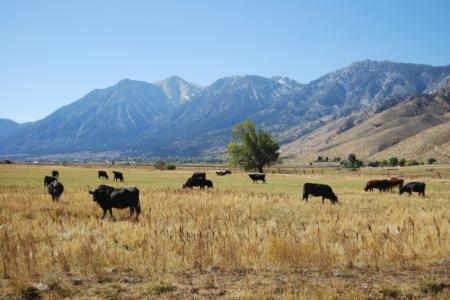It's beginning to look like drought
California's long dry spell is prompting the media to begin contemplating the specter of another drought. Matt Weiser of the Sacramento Bee wrote that the dreaded D-word is back.
Among the first farming operations to be affected by lack of rain is livestock grazing, which is largely dependent on rainfall to grow forage for cattle and sheep, and to fill stock ponds the animals need for drinking water.
Josh Davy, livestock and range farm advisor with the University of California Cooperative Extension in Tehama, Colusa and Glenn counties, said many livestock owners are in a waiting game. They're hoping for rain but are also making plans to buy supplemental feed in case it doesn't.
Another option for some, he said, is to begin selling off animals early to reduce herd size, thereby ensuring grazing lands can sustain the animals they keep.
"People are right on the teetering edge," Davy said. "We're going to have a lot of grass start dying here if we don't start getting some kind rains."
Some stone fruit and nut crops are also at risk. With these crops, such as almonds and peaches, root growth precedes bud growth. Without soil moisture, the roots don't grow, and then the trees don't bud out. That means less fruit production, said Roger Duncan, a fruit tree advisor at the Cooperative Extension office in Stanislaus County.
"They're starting to get concerned," said Duncan. "There is no such thing as normal. But I don't remember it being quite like this. We really could use the rain."

